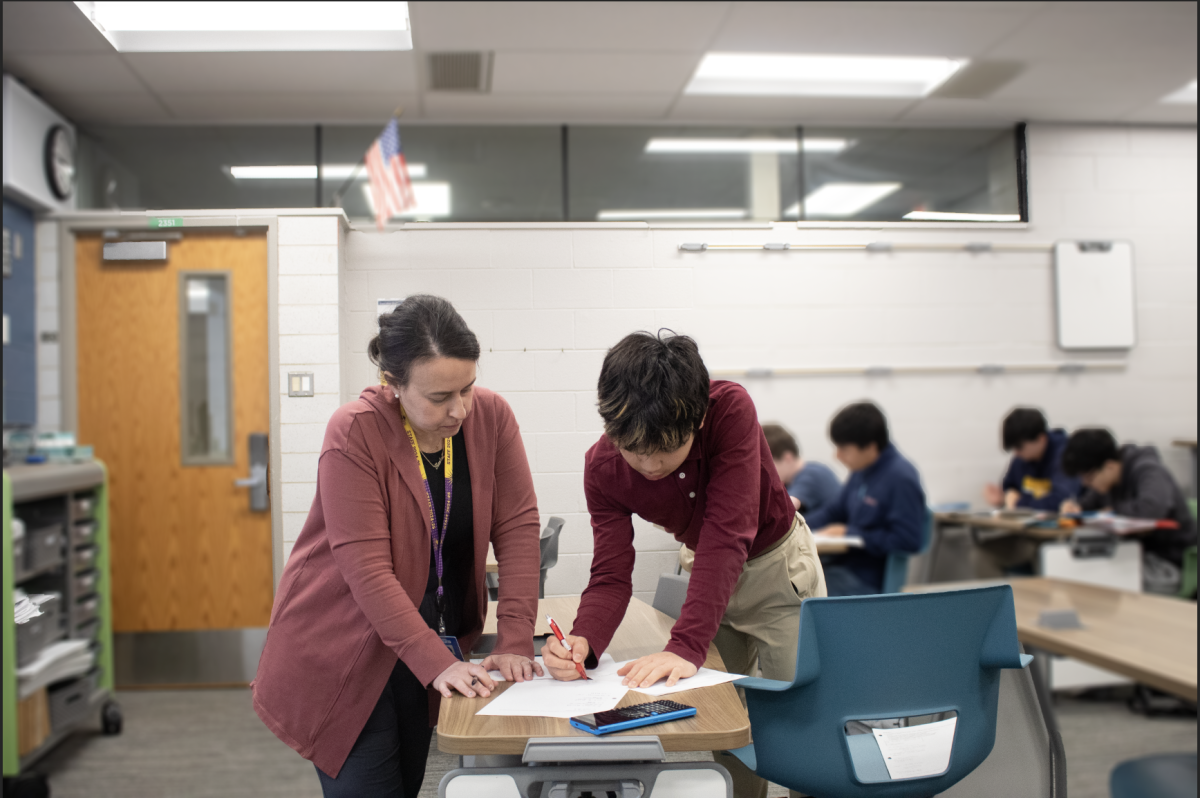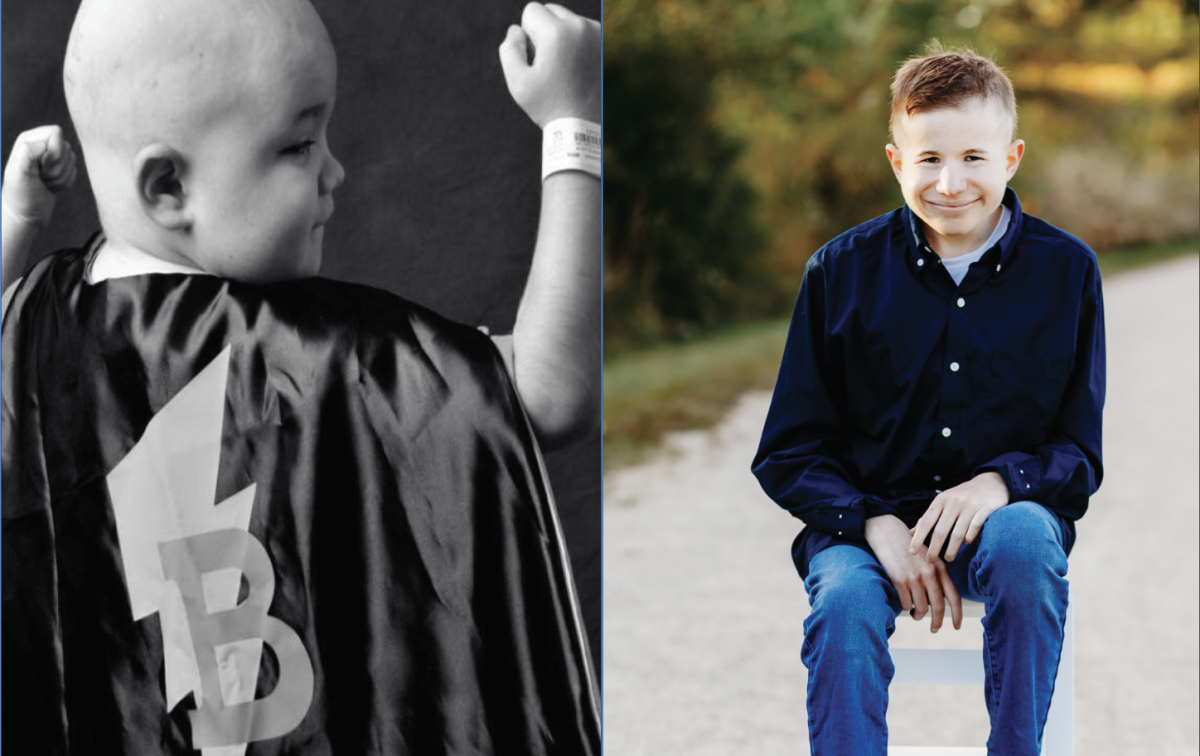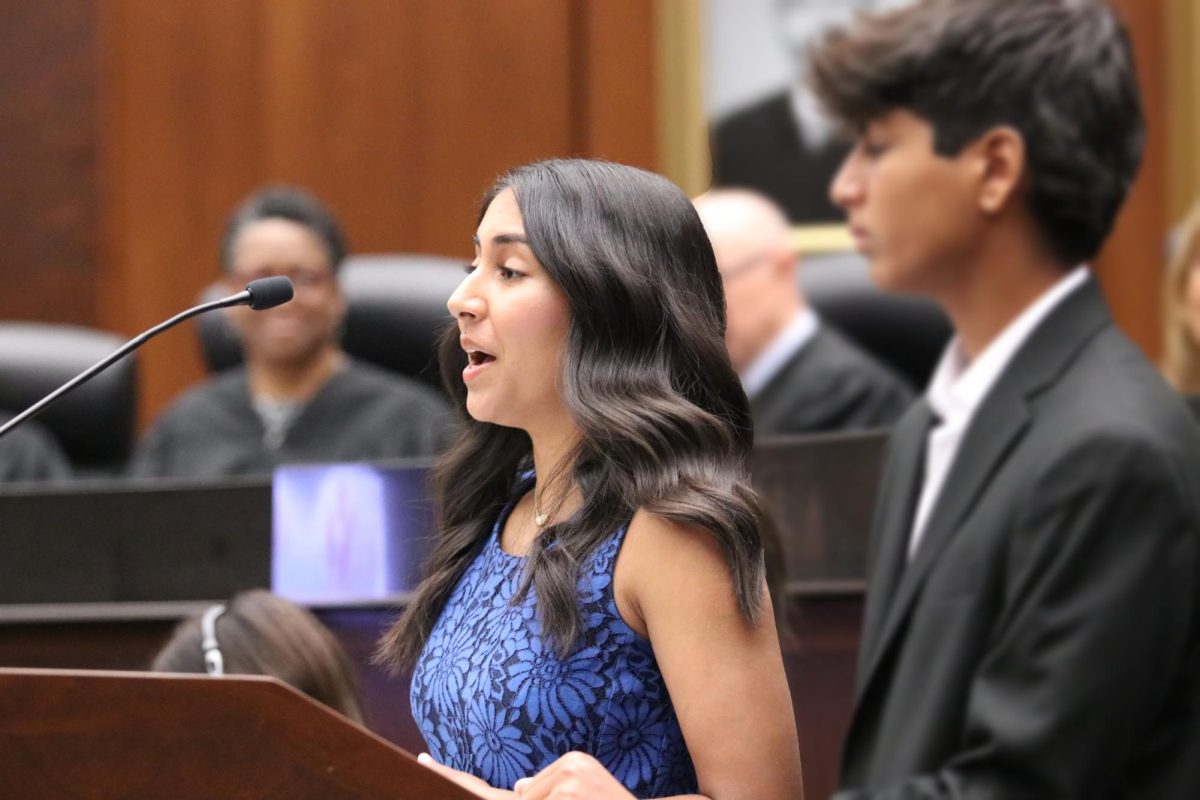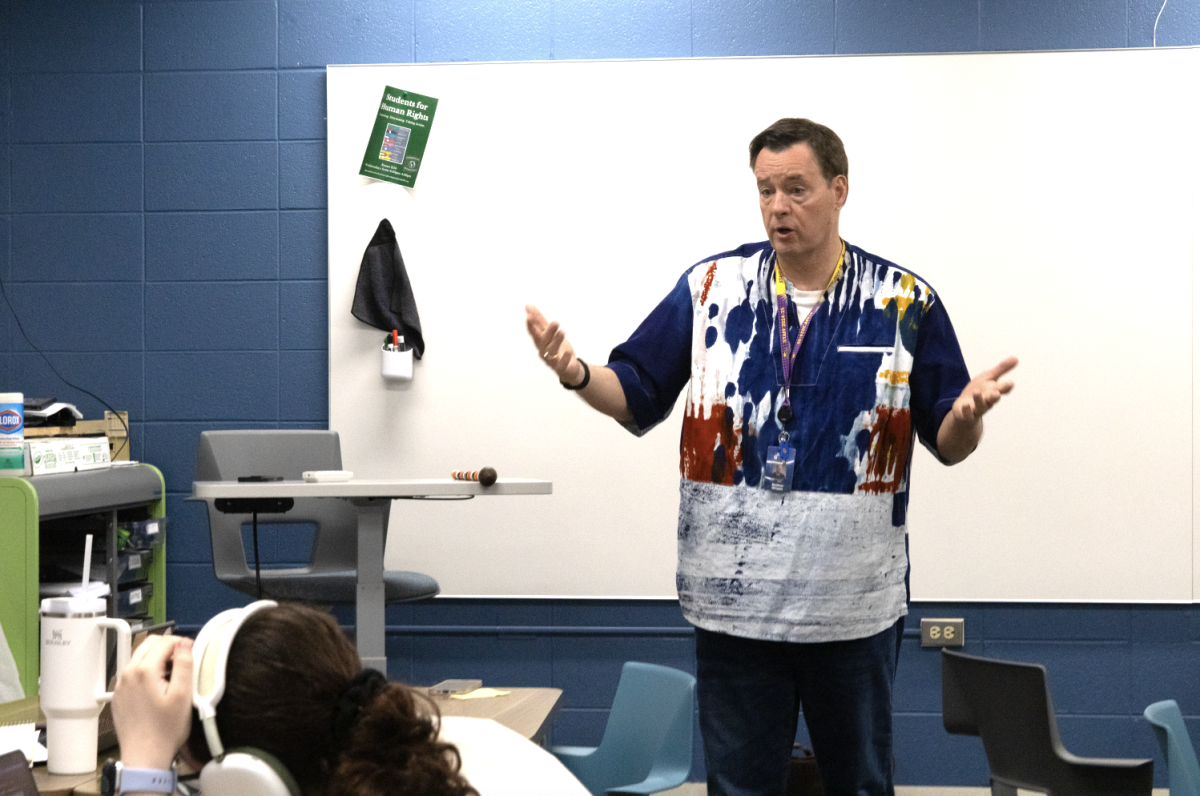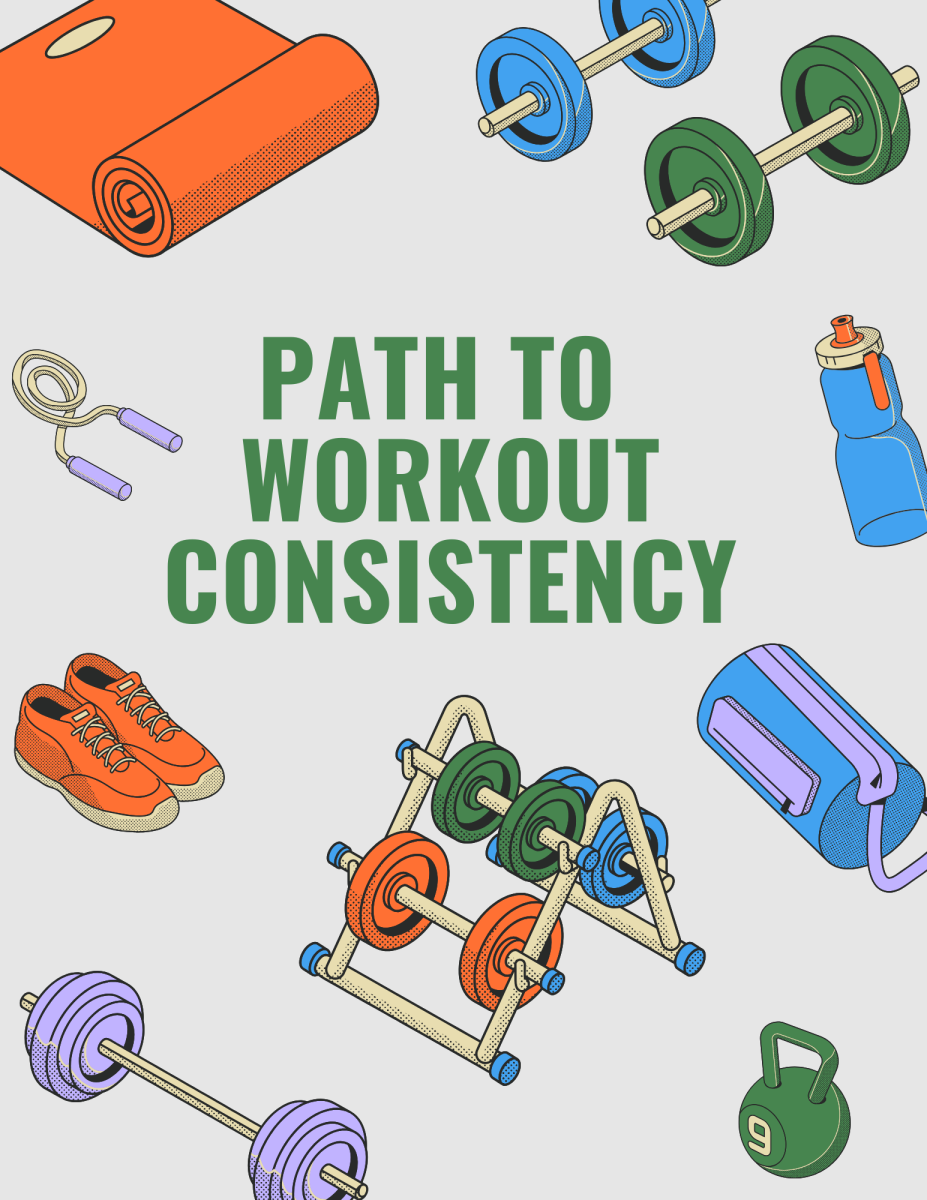Social worker David Hartman and School Psychologist Jen Korbar are working on a project to enhance student awareness on social and mental health issues here at South.
For Hartman, this project is his way of reaching out to students.
“[We want to reach] as many kids as we can and begin to help them identify ways to problem solve, cope and strategize well,” Hartman said.
The project is all about getting students and faculty more aware of social issues going on in the building, and working on communicating their feelings, Hartman said.
According to Hartman, it all comes down to one question: “What is this community doing to make every single student and faculty member here feel pride, feel support and feel community?”
One of Hartman’s priorities is to make South more inclusive to people of all different backgrounds and social groups.
“[We] want to get more people talking about the school’s culture – which includes mental health – in an inclusive way, not an exclusive way,” Hartman said. “So that the young transgender boy, the anxious senior and the depressed twins […] are equally a part of what we do here and how we pay attention.”
Part of communicating the culture is being aware of the issues facing students, which is what Lisa Richardson, sponsor of Erika’s Lighthouse, is concerned with.
“I think it’s really important for us to continue to grow a sense of awareness around issues of mental health [and we] are making sure we’re really educating the whole person, and not just the academic, but the social and the emotional so that students can both be healthier and happier while they’re here, but also when they leave,” Richardson said.
According to Hartman and Korbar, they plan on reaching students in two main ways. First, they will set up activities every month raising awareness on a different issue, whether that be racial equality, anti-bullying, or simply giving thanks. Second, they hope to put together a newsletter.
“[Korbar and I are thinking of] doing a newsletter every couple of months that we put in all the restrooms,” Hartman said. “[This includes] a couple of things; it has maybe an inspirational slogan, […] some data about this particular month’s issues, […] it has a little blurb and some pictures from some [school] groups doing [activities] related to this. The idea is to, again, reach as many people as possible in a couple of different types of ways.”
Lara Cummings, assistant principal for student services, is excited to use this newsletter as an opportunity to give students statistics on the school body.
“In terms of drug and alcohol use, I don’t feel like we give enough statistics,” Cummings said. “I think people assume everyone’s drinking [and] doing drugs, and the reality is the data does not support that at all.”
Korbar and Hartman are also reaching out to people through clubs and activities here at South. According to Hartman, a lot of clubs are interested in participating and communicating the issues they care about. He feels this is truly a school-wide project because of all the support the project has received from clubs wanting to help out.
“[South] is an amazing place already, and it’s really tremendous to me that we’re [going to] try to do this monthly campaign and we would get the number of clubs that I have had calling [wanting to participate],” Hartman said.
As for the future, Richardson is optimistic.
“As things continue to evolve, and the guidance department continues these types of programs, I think that the students’ understandings of these issues will continue to evolve and improve,” Richardson said.



